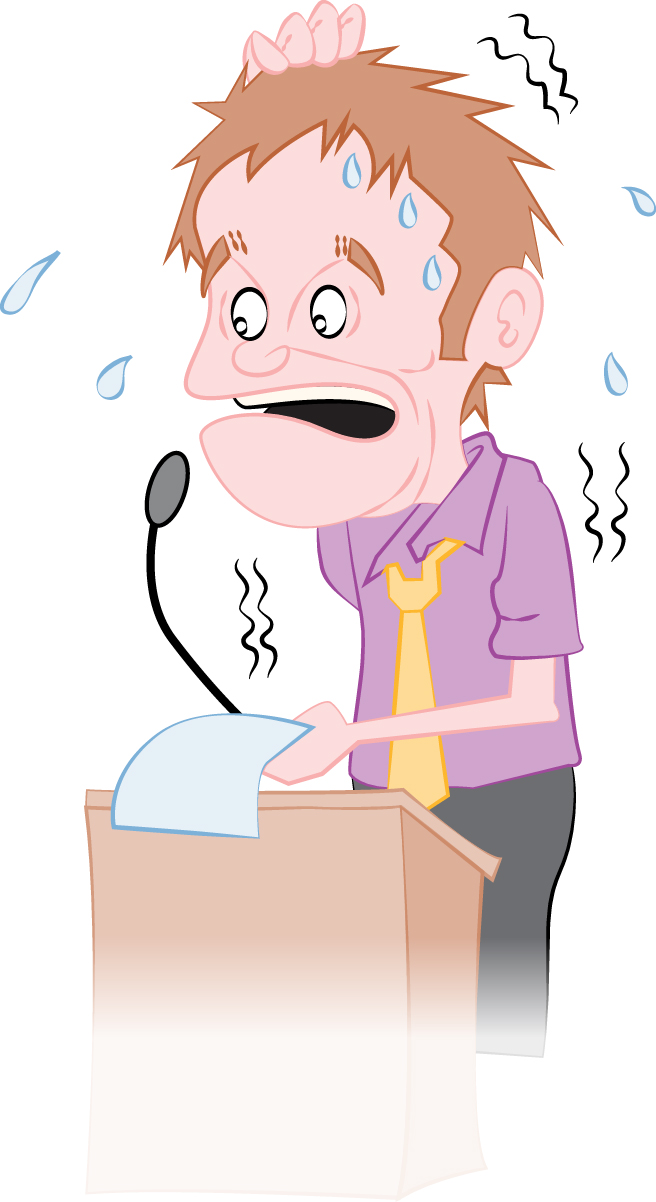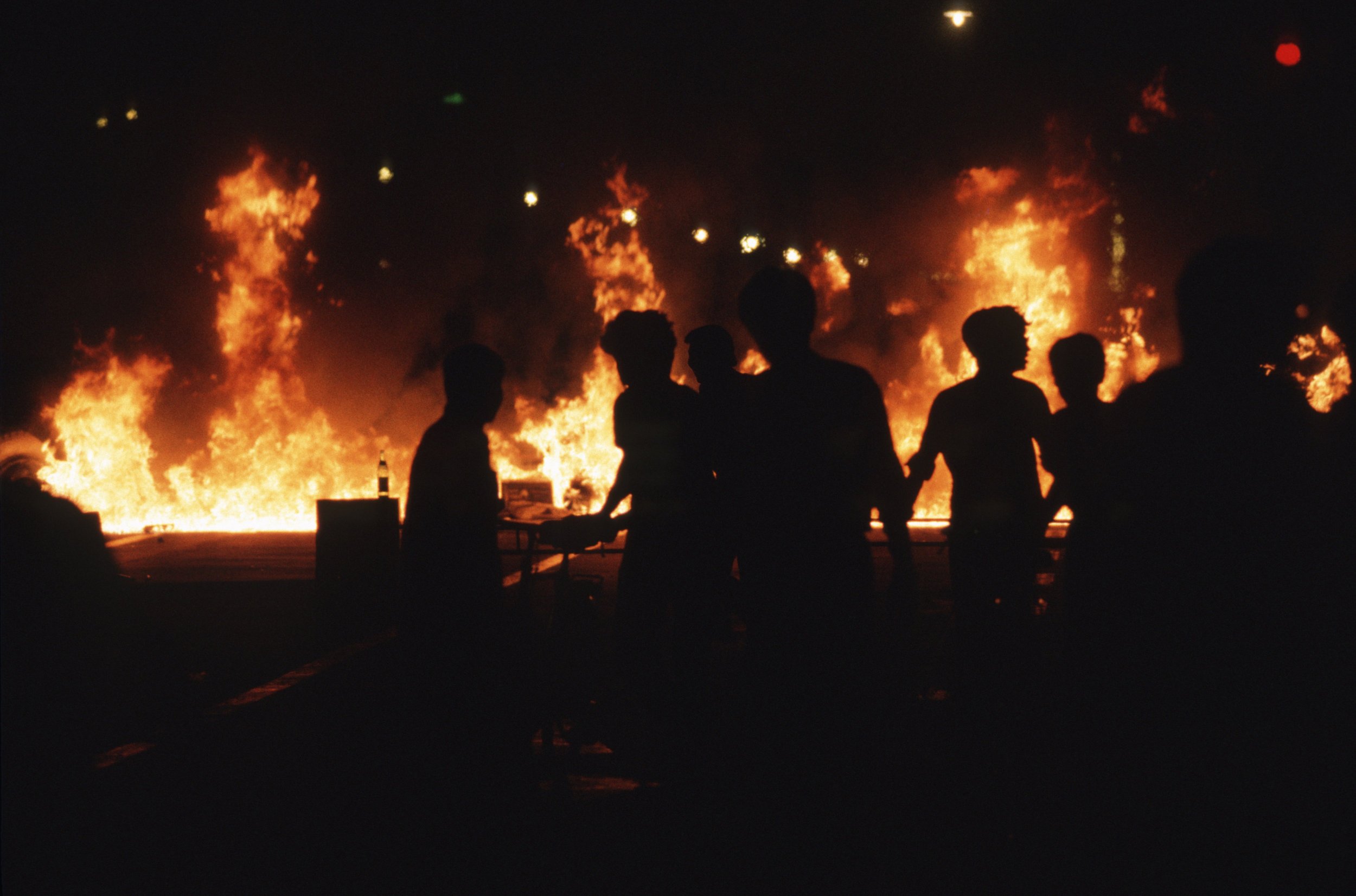Chapter 99. Social Facilitation and Social Loafing
Learning Objectives

Describe some ways that the presence of other people influences performance.
Contrast social facilitation and social loafing.
Review
Review
Select the NEXT button to continue with the Review.

1. Humans are social creatures, very much aware of and influenced by the presence and the actions of the people around them. The chameleon effect refers to the tendency for people to imitate, often unconsciously, the gestures, posture, and speech patterns of others nearby, just as a chameleon lizard changes color to match its surroundings.
Review
Review
Select the NEXT button to continue with the Review.

2. Sometimes, the presence of others energizes us and improves our performance. This is called social facilitation. In a “tug of war” situation, participants pull harder when the crowd is cheering and friends are shouting encouragement.
Review
Review
Select the NEXT button to continue with the Review.

3. However, if the task is a difficult one, or outside your area of expertise, the presence of other people might actually hurt your performance. This is called social inhibition. As your anxiety about possible failure increases, the added physiological arousal might impair your coordination on a physical task or interfere with memory retrieval on a cognitive task, such as speaking in front of a large crowd.
Review
Review
Select the NEXT button to continue with the Review.

4. If the task is a shared task, the presence of others sometimes leads to social loafing, in which each participant exerts less effort, knowing that his or her individual performance will be hidden in the group product.
Review
Review
Select the NEXT button to continue with the Review.

5. This lack of individual accountability for action, called deindividuation, can also lead people to engage in aggressive or destructive behavior. We see this in mob violence and in the fan riots after sporting events, both of which tend to occur at night or in conditions where there is a low probability people will be identified and punished.
Review
Review
Select the NEXT button to continue with the Review.

6. Another consequence of deindividuation is the bystander effect, the surprising finding that you are more likely to receive assistance in an emergency if only one person witnesses it, rather than a group of people. In fact, the larger the number of bystanders, the less likely that any one of them will take responsibility for providing help.
Practice 1: Exploring the Chameleon Effect
Practice 1: Exploring the Chameleon Effect
Select each button to view the outcome. Then, select the “Continue” button to learn more.


Research suggests that, within a few seconds, you would unconsciously mimic your partner’s action, moving one of your hands up to your face.

Research suggests that, within a few seconds, you would automatically imitate your partner’s action, wiggling your foot without really being aware of what you are doing.
Imagine that you have been assigned a new discussion partner and are now engaged in a 10-minute discussion of a psychology topic. You might be influenced by the ideas that your partner proposes, but would you also be influenced by your partner’s gestures? Think about what would happen if your partner made one of the gestures indicated here.

Perhaps you are wondering whether the imitated behaviors could be due to chance rather than to social influence. After all, during a conversation people spontaneously touch their face, wiggle a foot, and perform many other gestures that are not related to the topic under discussion. In one controlled experiment, researchers paid a confederate to touch the face or wiggle a foot during a conversation with a volunteer participant. This graph shows that, when the confederate touched the face, the participant was more likely to touch the face than to wiggle a foot. In contrast, when the confederate wiggled a foot, the participant was much more likely to imitate that behavior than to spontaneously touch the face.
Practice 2: Facilitation, Inhibition, or Loafing?
Practice 2: Facilitation, Inhibition, or Loafing?
Roll over each scenario to see the most likely outcome.
The presence of other people influences us—boosting our performance, reducing our effort, or perhaps suppressing our actions completely. Can you predict what type of influence other people would have in each of the following scenarios?

Half of the student volunteers for a “judicial panel” experiment are asked to wear a mask that hides their identity. The panel hears testimony about other students who have broken campus rules, and then takes a vote to determine the type of punishment.

After writing a number of individual lab reports, your professor assigns you to a group of four people. The four students will pool their efforts to write a combined lab report, and all four will receive the same grade.

Students compete in front of a large crowd to earn dollars for charity. Students can choose either an easy task (throwing darts) to earn $20, or a difficult task (walking a tightrope) to earn $50.

After shooting baskets by yourself to prepare for a team tryout, five of your friends come over to the basketball court to watch you shoot.
Type of influence:
This setting is likely to demonstrate the worst aspects of deindividuation. The masked, anonymous students feel reduced individual accountability, and tend to vote for more severe punishments.
This setting is likely to produce social loafing. Each student’s individual effort is hidden in the group project, so on average, students will invest less effort than on the individual reports.
This setting is likely to produce social inhibition. Even though the tightrope task is worth more money, fewer students will choose it, because they are afraid of looking foolish if they fail the task.
This setting is likely to produce social facilitation. The presence of your friends will raise your physiological arousal and motivation to do well, so your performance is likely to improve.
Quiz 1
Quiz 1
Match the terms with their descriptions by dragging each colored circle to the appropriate gray circle. When all the circles have been placed, select the CHECK ANSWER button.
Quiz 2
Quiz 2
For each of these scenarios, indicate whether the situation is more likely to produce social facilitation or social loafing. When responses have been placed for all the scenarios, select the CHECK ANSWER button.
Conclusion
